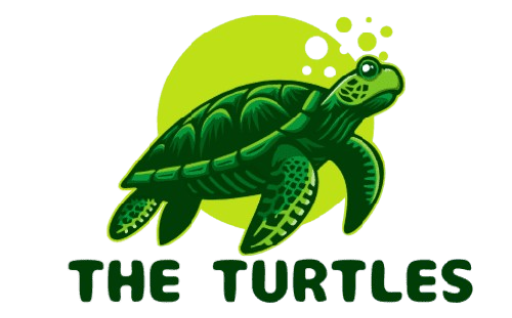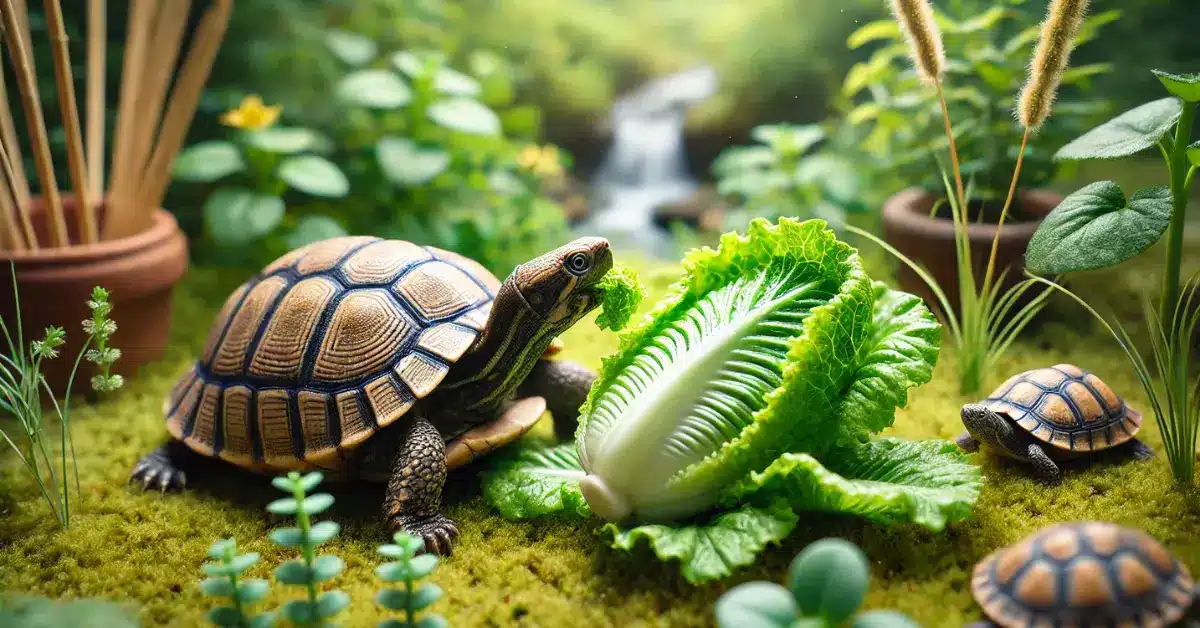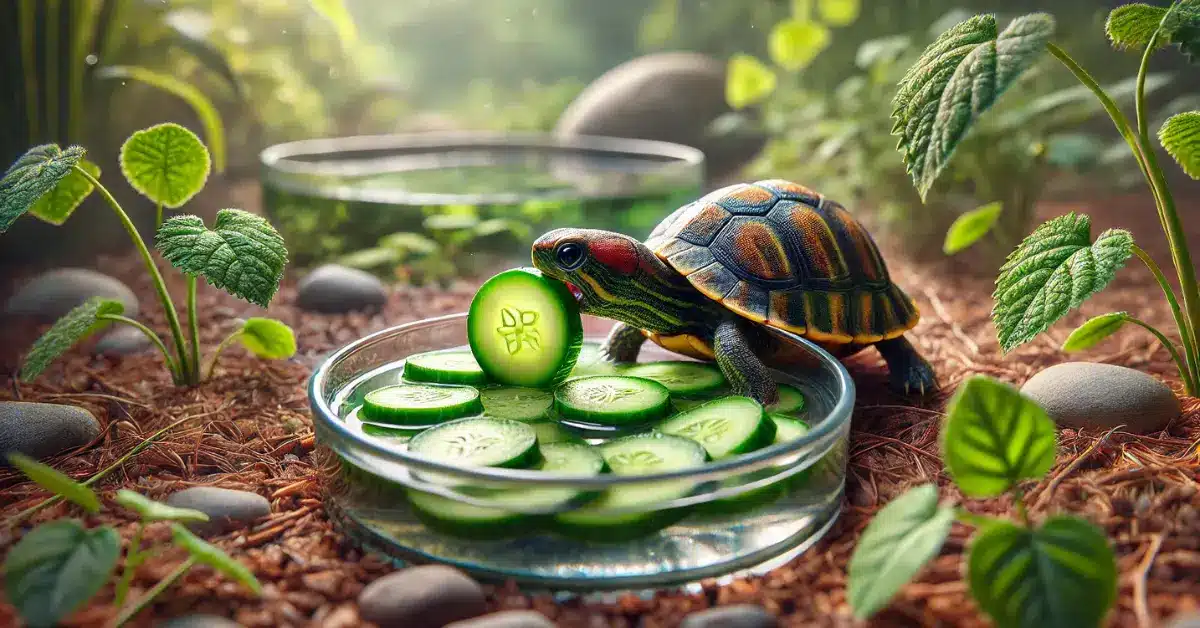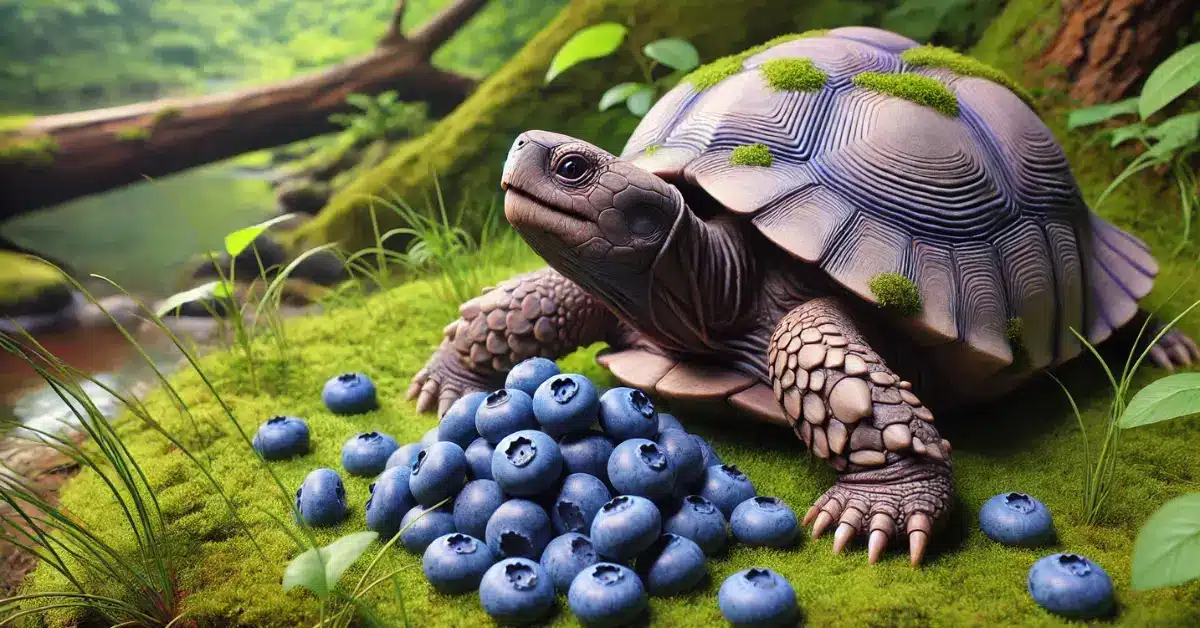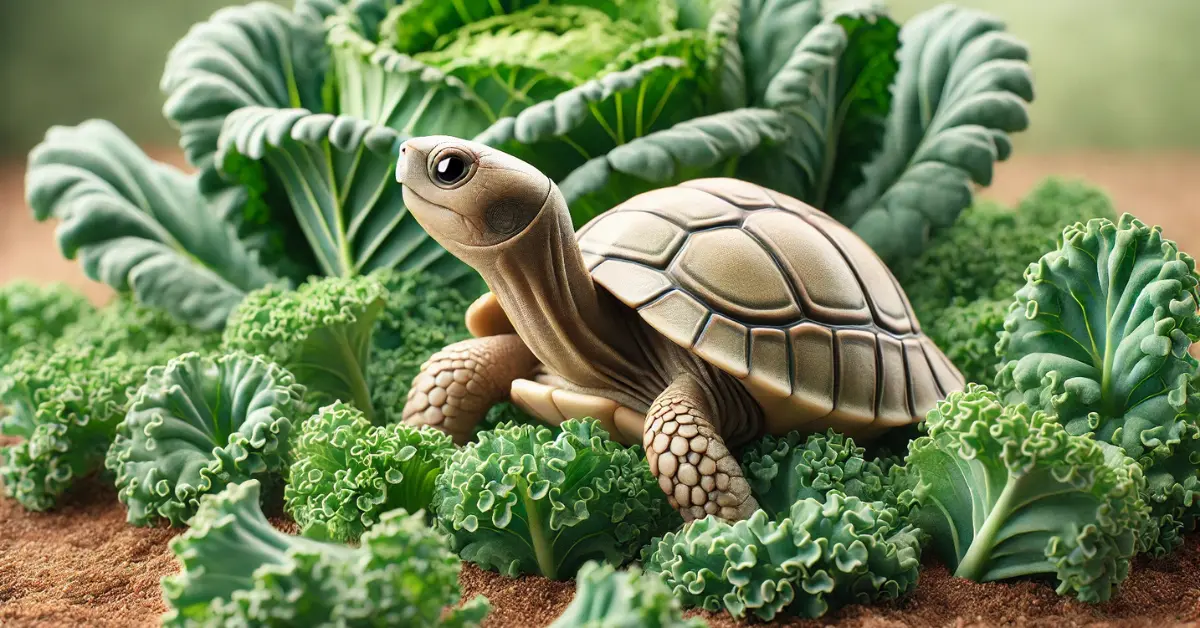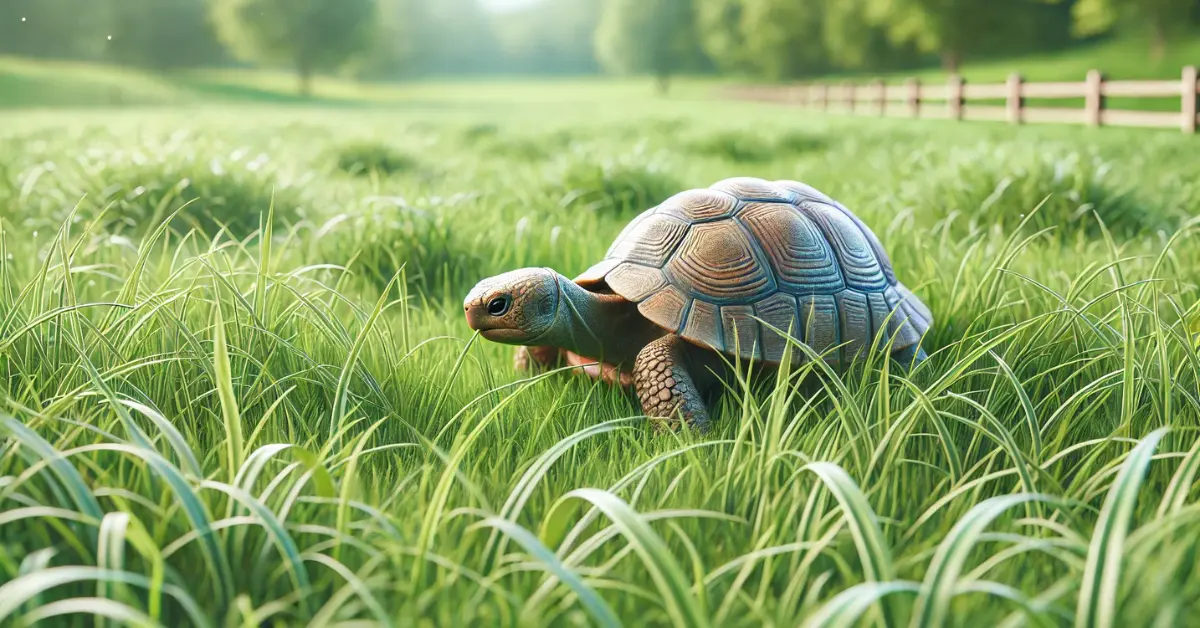Turtles enjoy a variety of fruits, but can turtles eat plums? As a responsible turtle owner, you may wonder if this juicy fruit is safe for your shelled friend. In this blog, we’ll explore the benefits, risks, and best practices for feeding plums to turtles, so you can keep your pet happy and healthy. Let’s dive into the juicy details!
Table of Contents
ToggleNutrient Table of Plums
| Nutrient | Amount |
| Calories | 30 kcal |
| Fat | 0.2 g |
| Sodium | 0 mg |
| Carbohydrates | 7.5 g |
| Fiber | 0.9 g |
| Sugars | 6.6 g |
| Protein | 0.5 g |
| Vitamin C | 6.27 mg |
| Vitamin A | 11.2 mcg |
Plums are low in calories and packed with vitamins and minerals. They provide a moderate amount of fiber, essential for a healthy digestive system, and a small amount of natural sugars. These nutrients make plums a potential treat for turtles when given in small, controlled amounts.
What Are the Health Benefits of Plums for Turtles?
Plums offer several health benefits when fed to turtles in moderation:
- Rich in Vitamins: Plums contain Vitamin C and Vitamin A, which help boost the turtle’s immune system and improve their eyesight. Vitamin C also aids in reducing the risk of shell and skin diseases.
- Digestive Aid: The fiber in plums can support a turtle’s digestion. It helps prevent constipation and maintains a healthy gut, especially for land turtles who might have a more plant-based diet.
- Hydration: Plums have a high water content, which helps keep turtles hydrated. This can be particularly useful during warmer months or if your turtle tends to avoid water.
- Energy Boost: With natural sugars and carbohydrates, plums provide a quick energy source. While turtles don’t need sugar daily, the occasional treat can give them a little boost, especially if they are active.
Which Turtle Species Are Interested in Eating Plums?
Not all turtles have the same diet preferences. Some species might be more inclined to eat fruits like plums:
- Red-Eared Sliders: These turtles are omnivores and love a varied diet. While they primarily consume aquatic plants, insects, and fish, they may show interest in fruits, including plums.
- Box Turtles: As land-dwelling turtles, box turtles often eat fruits, vegetables, and insects. They can enjoy a small piece of plum occasionally as part of a balanced diet.
- Painted Turtles: Like red-eared sliders, painted turtles have a diet consisting of both plants and proteins. They might nibble on fruit occasionally, but it should not make up a significant part of their diet.
Preparing Plums for Turtles: Step-by-Step Guide

To ensure that plums are safe and enjoyable for your turtle, follow this simple guide:
Step 1: Choose the Right Plum
- Pick a ripe but firm plum. Avoid overripe or mushy ones, as they might contain too much sugar.
Step 2: Wash Thoroughly
- Wash the plum under running water to remove any pesticides or dirt. It’s essential to avoid chemicals that could harm your turtle.
Step 3: Remove the Pit
- Slice the plum in half and gently take out the pit. The pit is a choking hazard and contains compounds that could be toxic to turtles.
Step 4: Slice into Small Pieces
- Cut the plum into tiny, bite-sized pieces. Small pieces make it easier for turtles to eat and digest the fruit.
Step 5: Offer in Moderation
- Start by giving your turtle one or two small pieces of plum. Observe their reaction and ensure there are no signs of digestive distress.
Pro Tip: Offer plums as part of a varied diet. Mix with other fruits and vegetables to provide balanced nutrition for your turtle.
Is There Any Risk in a Plum Diet for Turtles?
While plums have several benefits, there are some risks to consider:
- High Sugar Content: Plums are naturally high in sugars, which can lead to digestive issues if fed in large quantities. Over time, excessive sugar can cause obesity or metabolic issues in turtles.
- Digestive Upset: Turtles have sensitive digestive systems. Introducing too much plum at once can cause diarrhea or stomach discomfort. It’s always best to introduce new foods gradually.
- Pesticide Residue: Store-bought plums might contain pesticide residues on their skin. Always wash the fruit thoroughly before feeding it to your turtle to reduce the risk of chemical ingestion.
- Choking Hazard: The plum pit is not only inedible but also a choking hazard. Make sure to remove it before offering the fruit to your turtle.
Read more: Can Turtles Eat Watermelon?
Conclusion
So, can turtles eat plums? Yes, they can, but only in moderation. Plums offer various health benefits, such as improved immunity, better digestion, and hydration. However, it’s important to be cautious due to their high sugar content and the risk of digestive upset. Always prepare the plum correctly by washing it, removing the pit, and cutting it into small pieces to keep your turtle safe and happy.
Remember, while plums can be a tasty treat, they should not replace a balanced diet tailored to your turtle’s specific needs. Always observe your turtle’s response to new foods and consult a vet if you have concerns about their diet.
For more tips and guides on turtle care, visit Theturtles.info – your go-to source for all things turtle-related!
Frequently Asked Questions FAQs
Can turtles eat plums every day?
No, turtles should not eat plums every day. Plums are high in sugar, and daily consumption can lead to digestive issues and obesity. It’s best to offer plums as an occasional treat in small quantities.
Are plums safe for baby turtles?
While baby turtles can eat plums, it’s crucial to introduce them in very small pieces and in moderation. Their digestive systems are more sensitive, so it’s better to focus on foods more suited for their growth, like leafy greens and protein sources.
Can aquatic turtles eat plums?
Yes, aquatic turtles, such as red-eared sliders, can eat plums occasionally. However, since their diet primarily consists of aquatic plants, fish, and insects, plums should only be a rare treat and not a regular part of their diet.
How often can I feed plums to my turtle?
Feeding plums to your turtle once or twice a month is more than enough. Always ensure the plum is prepared properly—washed, pit removed, and cut into small pieces to avoid any choking hazards.
What should I do if my turtle shows signs of distress after eating a plum?
If your turtle shows signs of digestive upset, such as diarrhea or lethargy, after eating a plum, avoid giving it more and monitor its condition. If the symptoms continue, contact a vet for guidance.
